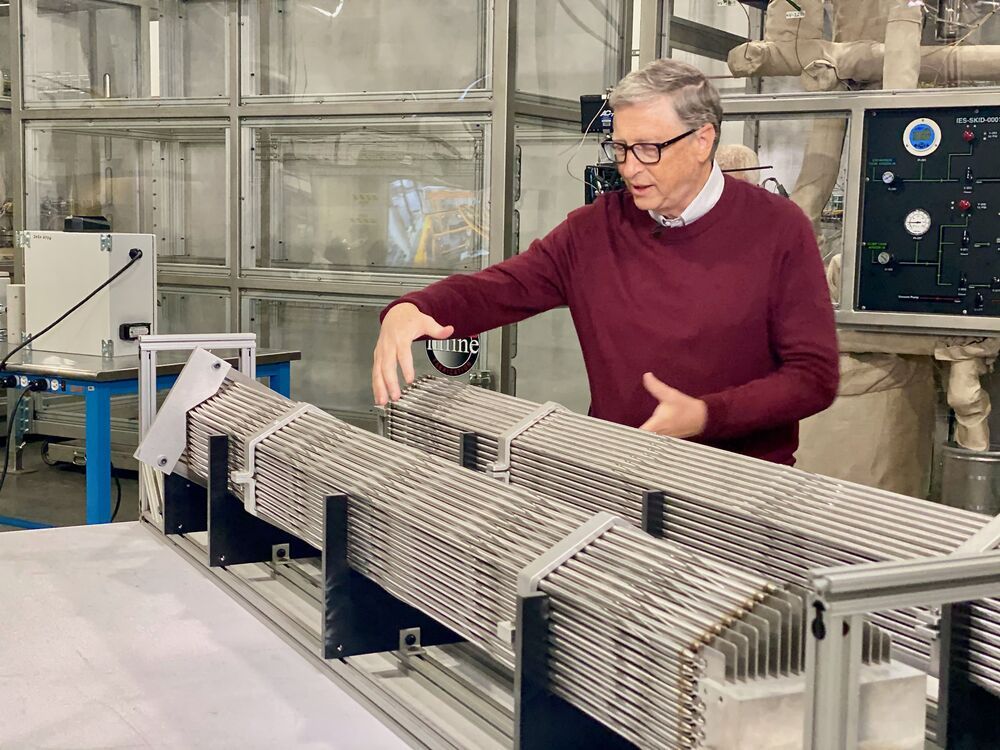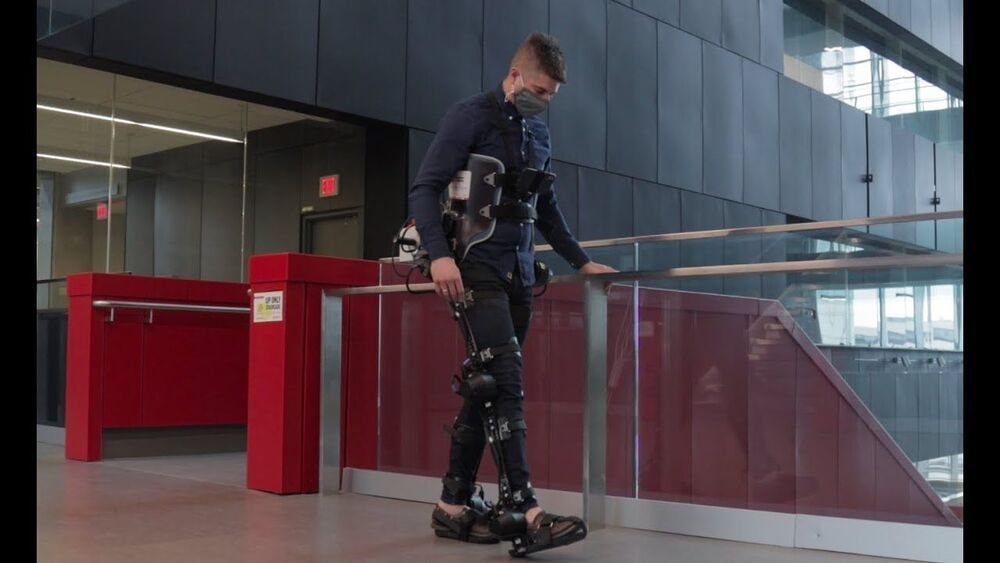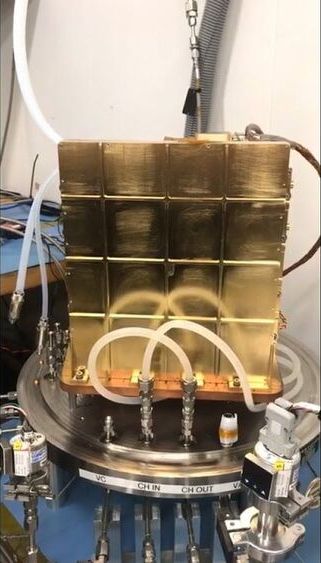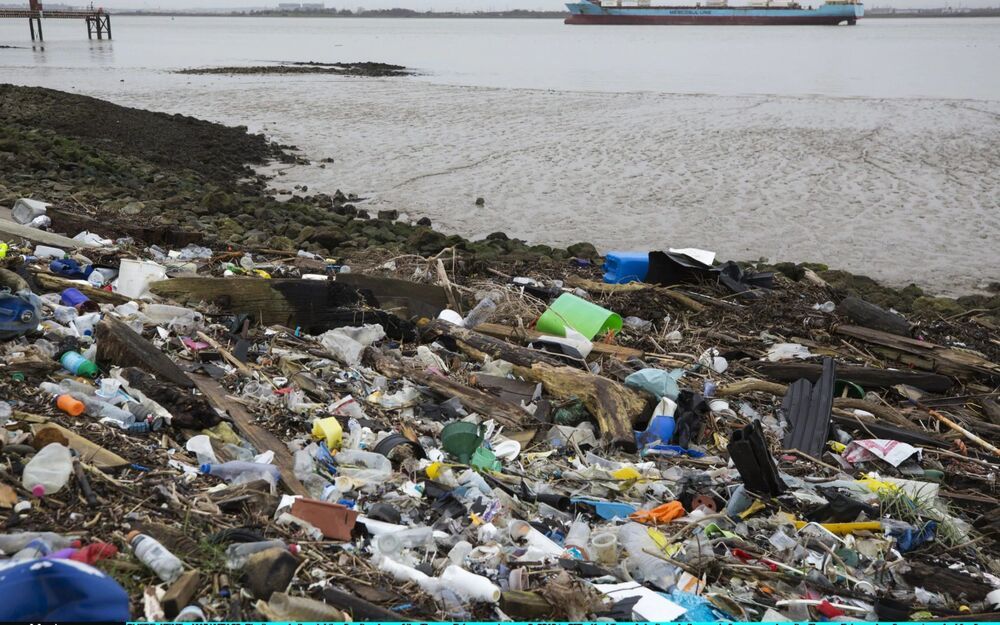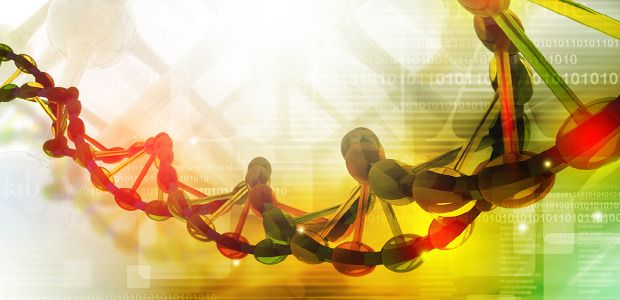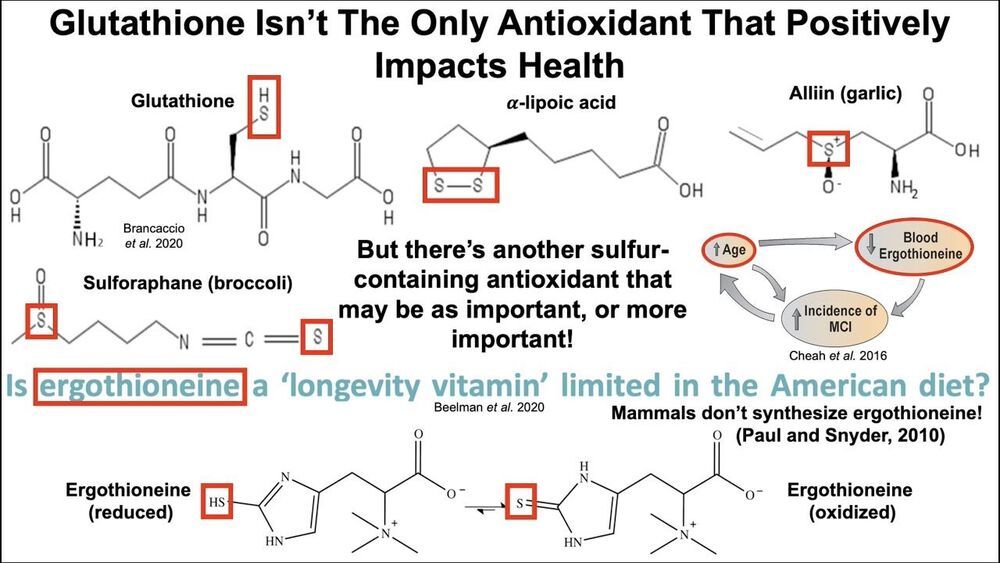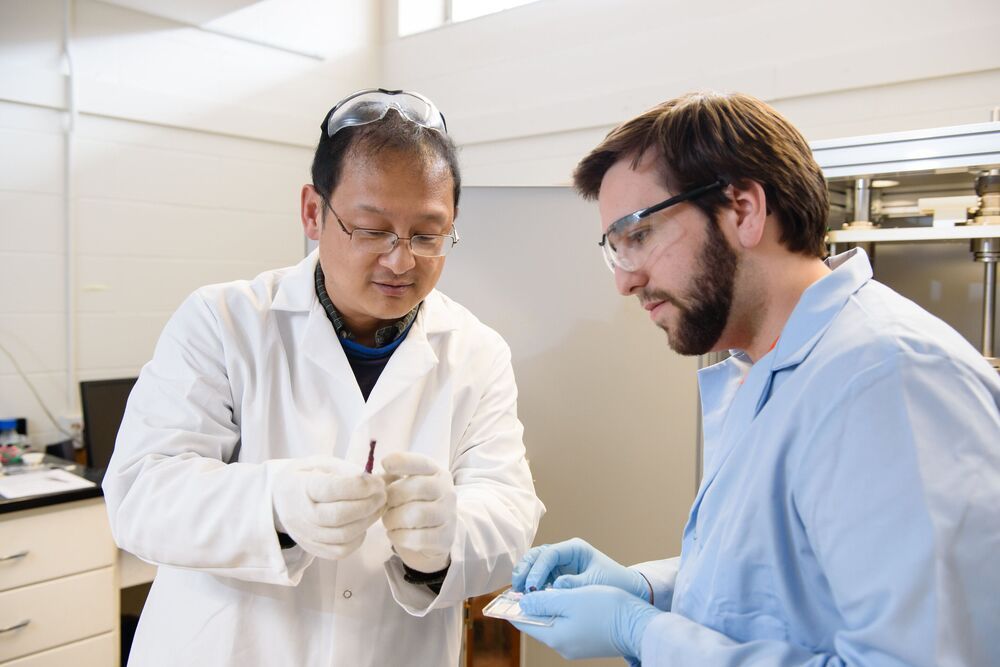TerraPower’s ability to achieve those goals will be in no small part due to the money and influence of the company’s founder.
“The most important factor is that Bill Gates is behind this,” principal research scientist at the Massachusetts Institute of Technology department of nuclear science and engineering Charles Forsberg tells CNBC Make It. “The most important factors in developing a new reactor are money and very competent people. Bill Gates brings both to the project.”
Here’s how TerraPower is building advanced nuclear power plants.
